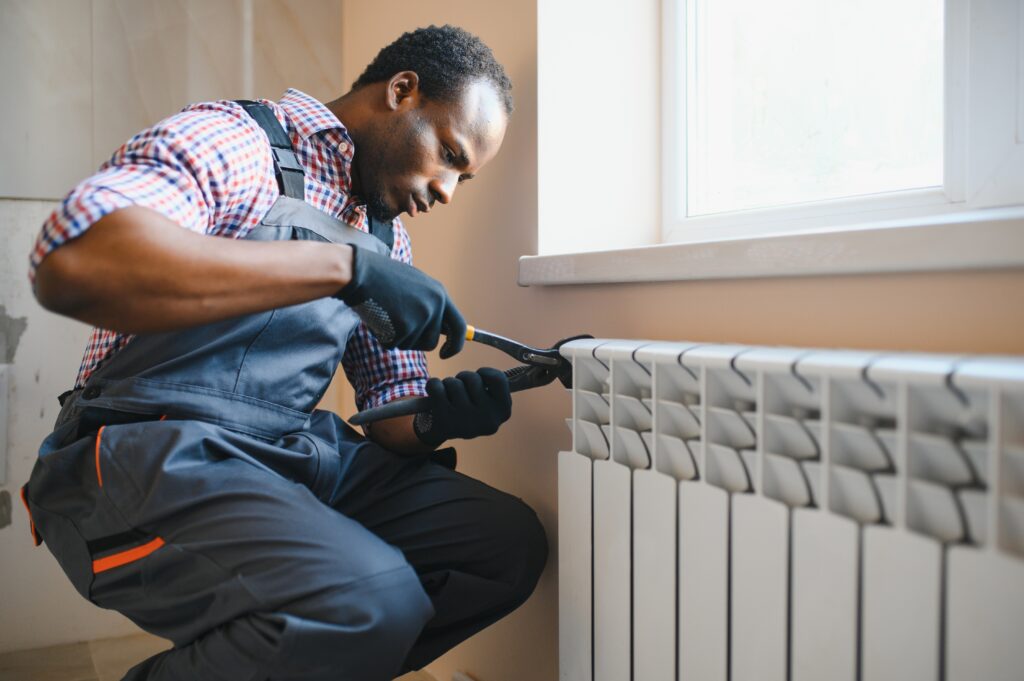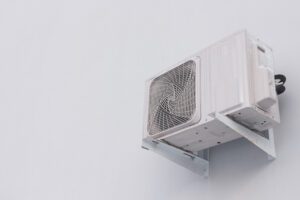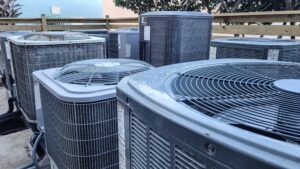When winter hits and the temperatures drop, having a functioning heating system is essential. However, unforeseen malfunctions can occur, leaving you in a chilly predicament. Understanding basic heating system components, recognizing common problems, and knowing how to carry out emergency repairs can save you time and money. This article will provide you with essential tips to handle emergency heating repairs effectively.
Understanding the Basics of Your Heating System
Before you can effectively troubleshoot or repair your heating system, it’s crucial to understand how it works and its main components. Familiarizing yourself with these elements can make a difference in any emergency situation.
Components of a Heating System
A typical heating system consists of several key components: the furnace or boiler, the heat exchanger, the blower motor, and the ductwork or pipes. Each of these plays a vital role in ensuring that warm air circulates throughout your home efficiently.
The furnace or boiler is responsible for heating the air or water. The heat exchanger takes this heat and transfers it to the air that circulates through your home. The blower motor pushes the heated air through the ductwork or pipes, distributing warmth in each room. Additionally, many modern systems incorporate advanced features such as variable-speed blowers, which can adjust airflow based on the heating demand, leading to enhanced energy efficiency and comfort.
Moreover, it’s essential to recognize the importance of regular maintenance for these components. Dust and debris can accumulate in the furnace and ducts, reducing efficiency and potentially leading to safety hazards. Regular inspections and cleanings can help ensure that your heating system operates smoothly and prolong its lifespan.
How Your Heating System Works
Understanding the operation of your heating system can aid in diagnosing issues. In a forced-air system, the thermostat sends a signal to the furnace when the temperature drops below the set point. The furnace ignites and heats the air, which is then blown through the ducts into your living spaces.
In contrast, hydronic systems use a boiler to heat water and pump it through radiators or baseboard heaters. The process requires additional components, including pumps and valves, which may also require attention at times. It’s also worth noting that many hydronic systems can be combined with solar heating panels, providing an eco-friendly alternative that can significantly reduce energy costs over time. Understanding these systems not only helps in troubleshooting but also empowers homeowners to make informed decisions about upgrades and energy efficiency improvements.
Recognizing Common Heating Problems
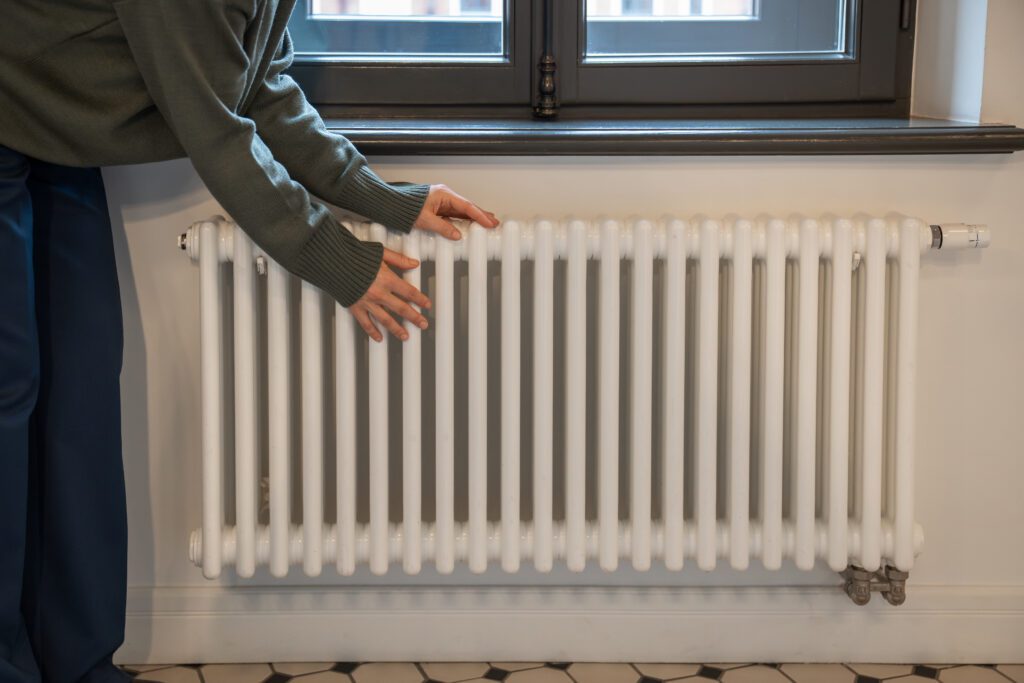
Even the best heating systems can develop issues. Being aware of common problems can help you quickly identify and address them, potentially avoiding a catastrophe.
Inconsistent Heating
If some rooms in your house are warm while others remain cold, your heating system may be struggling with airflow or ductwork issues. Blocked vents, dirty filters, or leaks in the ductwork can create these inconsistencies.
Another possible cause is an unbalanced heating system. Adjusting the dampers in your ductwork or consulting a professional might be required to optimize air distribution. Additionally, the placement of furniture can obstruct airflow; ensuring that vents are clear of obstructions is crucial for maintaining an even temperature throughout your home. Regular maintenance checks can help catch these issues before they escalate, ensuring that your heating system operates efficiently and effectively.
Strange Noises from Your Heater
Noises such as banging, clanking, or hissing can indicate various issues. Banging may be due to expanding and contracting metal parts or loose components, while hissing might suggest a gas leak or a steam issue in hydronic systems. Addressing strange noises promptly is vital for both operational efficiency and safety.
In addition to these sounds, you might also hear whistling or popping noises, which can be caused by air trapped in the system or ductwork that is too small for the volume of air being pushed through. Ignoring these sounds can lead to further damage or even hazardous situations, so it’s wise to have a technician inspect your system if you notice anything unusual. Regular servicing not only helps identify these issues early but also prolongs the life of your heating system, ensuring that it remains a reliable source of warmth during the colder months.
Essential Tools for Heating Repair
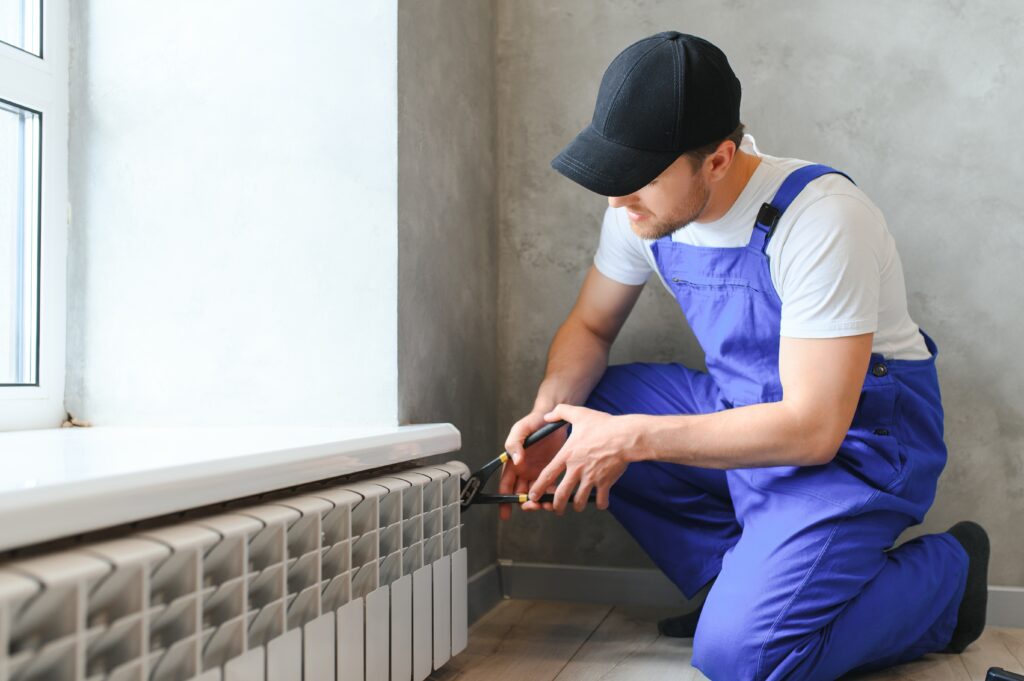
Having the right tools makes troubleshooting and repairing your heating system much easier. Understanding which tools are essential for heating repairs can prepare you for any situation. Proper preparation not only saves time but also enhances the quality of your repairs, ensuring that your heating system operates efficiently and safely.
Basic Tools You Should Have
- Screwdrivers (flathead and Phillips)
- Pliers
- Wrenches
- Tape measure
- Flashlight
- Multimeter
These basic tools will help you perform minor adjustments and repairs. Always ensure that tools are in good working condition before starting any repair job. For instance, using a multimeter can help you diagnose electrical issues by measuring voltage, current, and resistance, which is crucial for identifying problems in your heating system. Additionally, a sturdy flashlight is invaluable for illuminating dark spaces, allowing you to see and access components that may be difficult to reach.
Specialized Tools for Heating Repair
- Manifold gauge set (for HVAC systems)
- Refrigerant thermometer
- Combustion analyzer
- Pipe wrench
These specialized tools may be required for more complex issues, especially those related to gas systems or refrigerant lines. They help ensure that repairs are performed accurately and safely. For example, a combustion analyzer is essential for checking the efficiency of gas heating systems, as it measures the levels of carbon monoxide and other gases, ensuring that your system operates within safe parameters. Furthermore, a refrigerant thermometer can assist in diagnosing cooling issues in HVAC systems, allowing you to determine if the refrigerant is at the correct temperature and pressure for optimal performance.
Safety Precautions for DIY Heating Repair
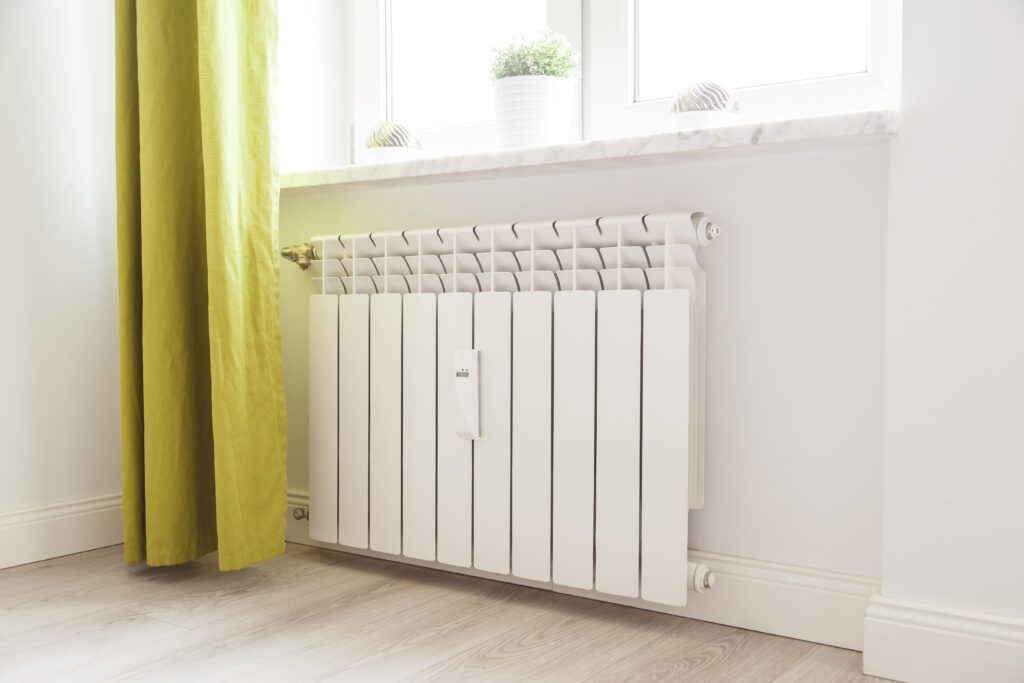
Before attempting to repair your heating system, always prioritize safety. Taking the right precautions can prevent accidents and ensure that you protect both yourself and your home.
Turn Off Your Heating System
Always turn off your heating system before starting any repair work. This includes shutting off the power at the circuit breaker and turning off any gas valves. This step is crucial for preventing injury and ensuring safety during repairs. Additionally, it’s wise to allow the system to cool down completely, especially if it has been running recently. This will help prevent burns or other injuries that can occur from touching hot components.
Use Protective Gear
Wear appropriate protective gear such as gloves, safety glasses, and, if necessary, a mask. Protective gear helps shield you from debris and any hazardous substances while you work on your heating system. It’s also beneficial to wear long sleeves and sturdy footwear to protect your skin and feet from sharp objects or heavy equipment. If you’re working in a confined space, consider using a respirator to avoid inhaling any dust or fumes that may be present, particularly if you’re dealing with older systems that might contain hazardous materials.
Keep Your Workspace Organized
Maintaining an organized workspace is essential for safety during any DIY project. Before you begin, clear the area around your heating system of any clutter, tools, or materials that could pose a tripping hazard. Having a tidy workspace not only helps you work more efficiently but also minimizes the risk of accidents. Additionally, consider using a tool belt or a designated area for your tools to keep everything within reach and prevent unnecessary movement around the workspace.
Know Your System
Familiarize yourself with the specific type of heating system you have before starting any repairs. Each system, whether it be a furnace, boiler, or heat pump, has its own set of components and operational guidelines. Understanding how your system works can help you identify potential issues and avoid making mistakes that could lead to further damage. Consulting the manufacturer’s manual or reputable online resources can provide valuable insights into the proper maintenance and repair techniques for your heating system.
Top 10 Emergency Heating Repair Tips
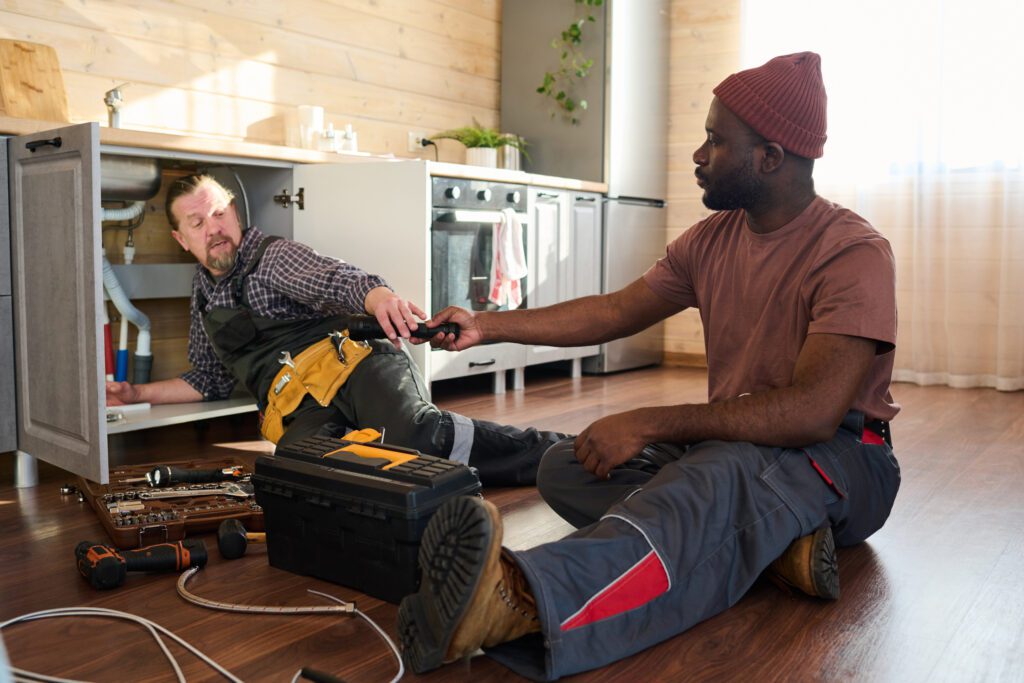
Here are ten practical tips to help you perform emergency heating repairs effectively when issues arise:
Tip 1: Check Your Thermostat
The thermostat is the command center of your heating system. Ensure it is set to heating mode and that the temperature is set high enough. Sometimes, a simple adjustment can resolve the issue. Additionally, consider replacing older thermostats with programmable or smart models, which can optimize heating schedules and improve energy efficiency, ultimately saving you money on utility bills.
Tip 2: Inspect Your Circuit Breaker
If your heating system isn’t powering on, check the circuit breaker. A tripped breaker can prevent the system from receiving power, and resetting it may quickly get your heating back on. If the breaker continues to trip, it could indicate an underlying electrical issue that may require the expertise of a licensed electrician to ensure safety and compliance with local codes.
Tip 3: Clean Your Filters Regularly
Dirty filters restrict airflow and can lead to overheating or breakdowns. Regularly inspect and clean or replace your filters to maintain efficiency and prolong the life of your heating system. Consider investing in high-efficiency filters that can capture smaller particles, improving indoor air quality and reducing allergens in your home.
Tip 4: Check for Blocked Vents
Ensure that all vents and registers are clear of obstructions. Furniture, dust, and debris can block airflow, causing uneven heating. Regularly check and remove any obstructions to enhance performance. You might also want to consider using vent covers that can help direct airflow more effectively, ensuring that every room in your home receives adequate warmth during the colder months.
Tip 5: Inspect the Pilot Light
For gas heating systems, the pilot light must be lit for proper operation. If it’s out, follow the manufacturer’s instructions to relight it. If the pilot light frequently goes out, further investigation may be needed. It’s also wise to familiarize yourself with the signs of a malfunctioning pilot light, such as a yellow flame, which can indicate incomplete combustion and potential safety hazards.
Tip 6: Look for Gas Leaks
If you suspect a gas leak, turn off the gas supply immediately and ventilate the area. Use soapy water on gas connections to check for bubbles that indicate leaks. If you confirm a leak, contact a professional immediately. Additionally, consider installing a gas leak detector in your home for an extra layer of safety, as these devices can alert you to the presence of gas before it becomes a serious issue.
Tip 7: Check the Fan Motor
The fan motor is vital for circulating warm air. If you hear unusual noises or the fan does not operate efficiently, it may require lubrication or replacement. Regularly inspect for dust buildup that can impede its operation. If you find that the fan is running but not circulating air effectively, it may be time to check the fan blades for damage or misalignment, which can significantly impact heating performance.
Tip 8: Inspect the Heat Exchanger
A damaged heat exchanger can lead to dangerous issues like carbon monoxide leakage. Periodically inspect it for cracks or corrosion and have a professional assess its condition if you suspect problems. It’s crucial to understand the signs of heat exchanger failure, such as unusual odors or a yellowing flame, as these can indicate serious safety risks that require immediate attention.
Tip 9: Check the Air Ducts
Inspect your air ducts for leaks, tears, or blockages. Sealing any leaks and ensuring the ducts are clean can significantly improve the efficiency of your heating system, saving you money on energy bills. Additionally, consider scheduling a professional duct cleaning service every few years to remove accumulated dust and allergens, which can enhance indoor air quality and overall comfort.
Tip 10: Know When to Call a Professional
Not all heating issues can be resolved with DIY efforts. If you encounter major problems, such as complicated repairs or safety concerns, do not hesitate to contact a professional technician. It’s essential to recognize your limits and seek help when necessary. Establishing a relationship with a trusted HVAC professional can also provide peace of mind, knowing that you have expert support available when emergencies arise.
By following these tips, you can effectively handle emergency heating repairs and maintain a comfortable environment in your home when the temperatures drop. Remember to prioritize safety, be proactive with maintenance, and recognize the importance of professional help when needed. Staying informed about your heating system and understanding its components can empower you to take better care of your home’s heating needs, ensuring warmth and comfort for you and your family throughout the winter months.

